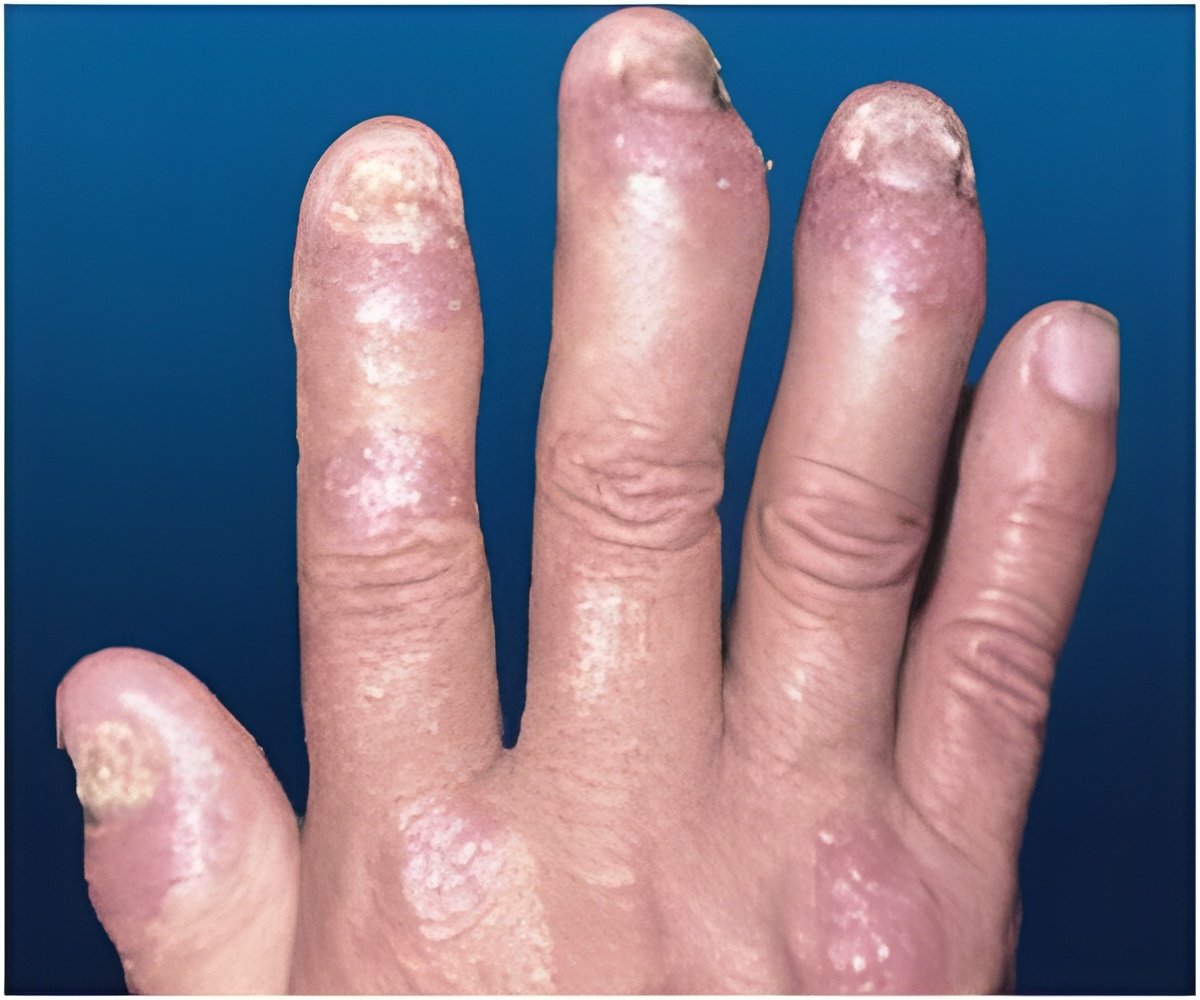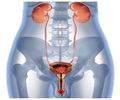New guidelines released by the EULAR for the management of rheumatoid arthritis recommends that patients should be treated with disease-modifying anti-rheumatic drugs (DMARDs).

"These recommendations were based on three extensive literature reviews of the efficacy and safety of biological and conventional DMARDs, and address a number of common misinterpretations of the 2010 guidelines," according to Professor Josef Smolen, Medical University of Vienna and Hietzing Hospital, Vienna. "As already stated in 2010, by advocating the use of synthetic DMARDs, rather than biologics, as the first-line treatment this approach avoids the over-treatment of 20-50% of patients with early RA, who will achieve the treatment target with such initial therapy" he concluded for the Task Force.
However, in patients failing to respond to this treatment within 6 months and when poor prognostic factors are present, biological DMARDs (TNF-inhibitors, abatacept or tocilizumab – or under certain circumstances rituximab) should be administered in combination with MTX.
The document further recommends that patients who have failed to respond to an initial biologic DMARD should receive another biologic DMARD. Patients who have failed to respond to an initial TNF-inhibitor may receive another TNF-inhibitor, or a biologic with an alternative mode of action. If biologic treatment has failed, tofacitinib may be considered where approved.
"Although the European Medicines Agency has not approved tofacitinib hitherto, it has been approved by the US Food and Drug Administration as well as in Japan and Russia. Having weighed up the evidence, the Task Force is convinced of its efficacy on clinical outcomes, function and structure. However, until more safety data are available and efficacy judged in clinical practice, tofacitinib is only recommended after at least one biological has failed – in fact, many Task Force members felt it should be used after two biological treatment failures," concluded Professor Smolen.
If a patient has achieved persistent remission, and after having tapered glucocorticoids, clinicians should consider tapering the biological DMARD, particularly if the treatment is in combination with a conventional synthetic DMARD. In cases of sustained long-term remission, cautious dose-reduction of conventional synthetic DMARDs should be considered.
Advertisement
Advertisement









